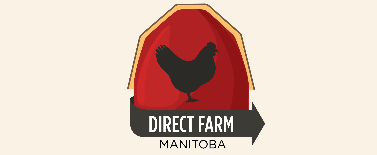Frugal Value: Designing Business for a Crowded Planet (Part 3)
 Wednesday, February 4, 2015 at 5:34PM
Wednesday, February 4, 2015 at 5:34PM by Carina Millstone, originally published by Resilience.org
But how to create value…
To create value, companies in the Anthropocene provide efficient products and services, brought to customers through business models that drive product sufficiency. The challenge is to find ways to create value with fewer, better objects. A shift towards access-based models – leasing, renting, servicing – is an option.
Manufacturing principles would need to change. Resource sufficiency can be supported by a manufacturing strategy that creates objects primarily for long-term leasing to other customer facing businesses. For manufacturers, leasing reverses the problem of in-built obsolescence, as it is now in the interest of the manufacturer-lessor to create durable products, to recoup, refurbish and re-lease. Delaying or avoiding disposal is in their interests.
Renting products is hardly new; but social and technological trends suggest that the number and type of items available for rental will increase. Good candidates for renting include all rarely used items; the archetype is the home drill, typically used for only a few minutes each year. For renting or leasing to be truly environmentally beneficial, lessor business must have a long-term stake in the product, a strategy for re-lease to multiple successive customers, and processes for re-manufacturing, re-use and recycling at the end of the product’s life. At the extreme end, renting and leasing themselves may be replaced by services. A printer manufacturer might shift from high volume retail, to leasing and repair, and finally become a printing service: in place of many printers sitting idle in the print rooms of multiple firms, printing might be outsourced to a dedicated printing service.
The question for policy makers is the proportion of the “carbon” and indeed “planet budget”, or the share of resources, that should be allocated to different sectors in the interest of sustainability. It is a question of appropriate scale within the business sector. For a company striving to respond to the challenges of the Anthropocene, the appropriate scale is the firm size most conducive to value creation that promotes the efficiency and sufficiency of resource use.
A useful way to think about this is to consider what would make a company too big or too small. For businesses with access-based models, a more pressing consideration may be the physical proximity between business and client often necessary for rental and product servicing. If a business becomes too large and too spread out, the environmental impact of logistics, especially transport, may eat up the efficiencies created by the access-based business model.
This question of scale is inextricably linked to the question of business growth: if there is an appropriate scale, it is only desirable for a company to grow to its optimal scale, and not beyond. The Anthropocene calls for business to grow purposefully to appropriate scale for resource efficiency and sufficiency, at a scale conducive to human need, and to then stay steady at this optimal scale, “steady”, with no aspiration for global domination.
The question for business executives in the Anthropocene is not so much “how can we grow?” but “how can we create a successful business that decreases resource use?” I argue that business can be both successful and responsible by focusing on a new type of value creation, one that has efficiency and sufficiency of resource use at its heart and as its aim, and which I call Frugal Value.



Reader Comments